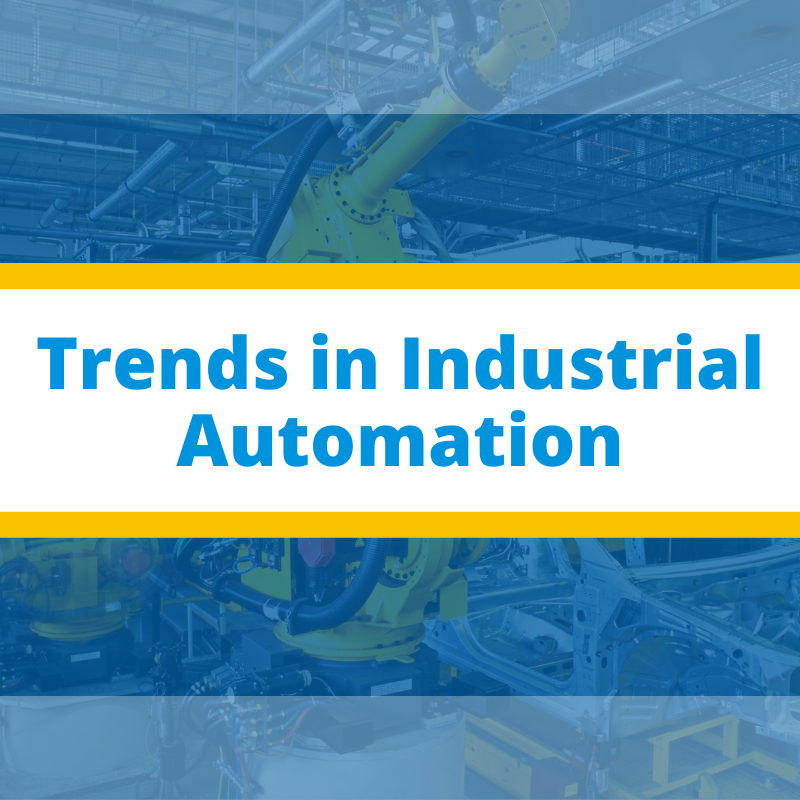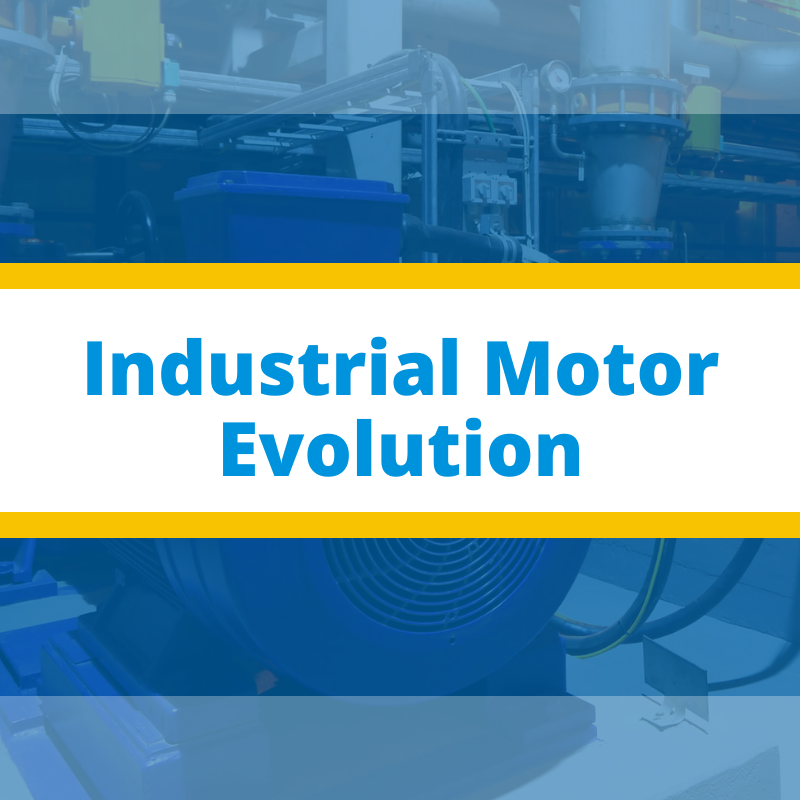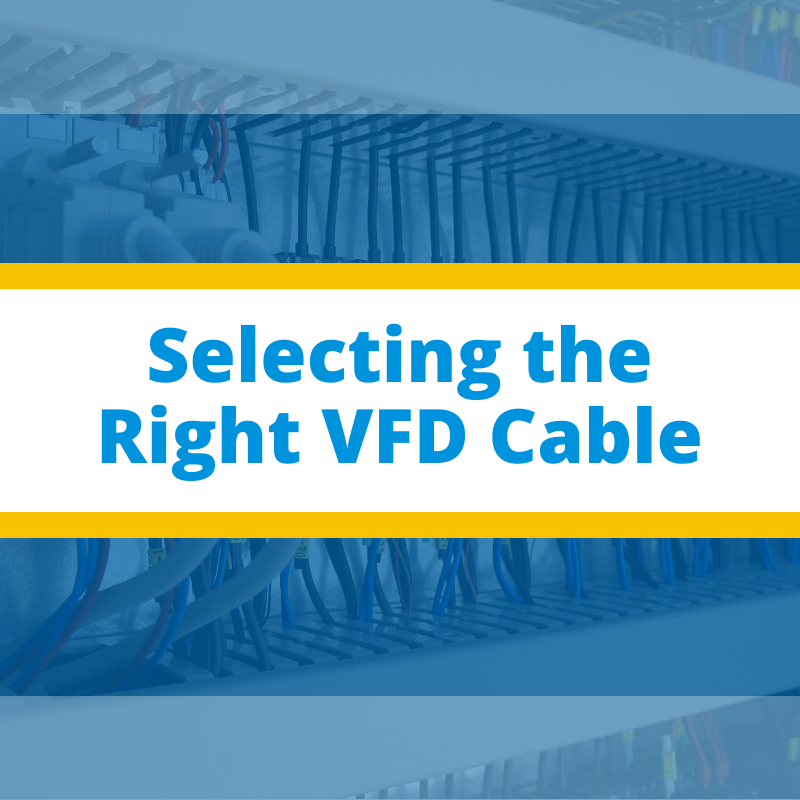The world we live in is ever-changing and fast-paced through the advancements of technology. With tremendous strides and continuous progress that occurs monthly, industrial automation puts technology to full use. Automation can entail many things, from a simple start-stop conveyor system to a full production line with safety systems, data collection, and more. Swift progress in automation and technology has led us to IoT 4.0, also known as the industrial internet of things 4.0.
Industrial Motor Evolution
Motors have been the cornerstone of industrialization and automation. About 45% of energy generated is consumed by motor loads globally, enunciating the hardware’s importance in today’s world. Over the past 30 years, motors have greatly evolved. The advent of modern processing tools allows manufacturers to get a clear idea as to how motor performance can be improved and tailored for specific applications. Furthermore, the growth of smart manufacturing techniques allows users to monitor process performance in real-time, giving them clearer insights and information required to boost productivity.
VFDs and Harmonics
The early 1950's marked the entry of one of the most revolutionary products in the history of industrial automation: the Variable Frequency Drive. Since then, the product design has evolved and refined at an increased pace. Even in the 21st century, there is no alternative in sight, and thanks to continued improvement, VFDs have solidified their position in the field of automation.
Variable Frequency Drives, or more commonly known as VFDs, are known for their unmatched speed-control within several industries. However, any machine that is subjected to the chopped DC square wave is also prone to a number of harmful effects. By making the right choice with cabling, these harmful components can be alleviated, and the connected machinery’s lifespan can be elongated.
Cybersecurity and Drives: What Dangers Exist and How to Prepare for them?
The infamous Stuxnet worm made headlines in 2009 when it penetrated Iranian Nuclear Facilities, resulting in the destruction of their centrifuges. The debate regarding the origin of the worm spanned political boundaries, but nonetheless it uncovered the next generation of zero-day attacks that could disrupt industrial processes relying on inter-connected components.
Integrated Drive Systems Ensure Application Reliability
Because of their many benefits, Variable Frequency Drives, or VFDs, are swiftly surfacing in large industrial systems with complex motor systems requirements. The benefits of VFDs include higher system efficiency, operation flexibility, and improved reliability. The key to success behind this adoption of VFDs is developing clear-cut, well-defined requirements for running drives and motors. Having requirements in such a form allows components to be designed in an optimum manner, resulting in highest reliability and lowest cost of ownership.








